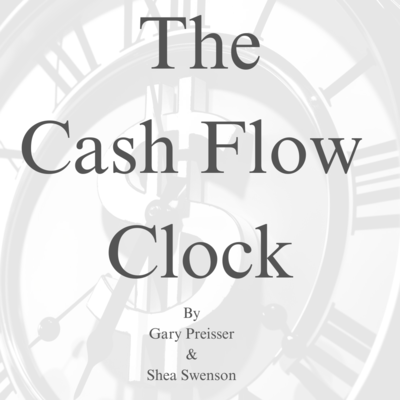The Cash Flow Clock: For Retirees - Book - Page 50

The Cash Flow Clock
a good option. If not, then we may need to consider investments with more
liquidity, even if they offer lower rates of return.
It is important to understand that annuities are investments. They can be
held in any of the three tax buckets. If they are in an IRA, then growth is tax
deferred and they are subject to all of the same tax rules (RMDs, QCDs, etc.)
as any other IRA. FIAs can be a great fit for IRA accounts that are being
used for short term income and/or for QCDs.
If an annuity is in a Roth, then the growth is tax free. Based on our asset
location discussion, it is rarely a good idea to use Roth assets for an annuity
(unless most or all of your assets are in a Roth). We want the highest growth
of your portfolio in the Roth so we don’t want to limit it with caps and
participation rates.
Non-qualified annuities are a bit more complicated. The growth in the
annuity is tax deferred. This can be great if we are in higher tax brackets
now and want to recognize the taxable income later down the road instead of
having to report income each year like we would in a money market
account. But this tax deferral comes at a price. Growth is no longer subject
to long-term capital gains tax rates. It is also not eligible for the step up in
cost basis as part of your estate. This is usually not a big deal if our other
consideration is a money market account that would be taxable anyway. But
if we are considering a Variable Annuity as a risky non-qualified investment,
we would be much better off investing in a brokerage account. Not only
would we have access to a broader range of investments, but our growth
would be taxed at long-term capital gains rates and subject to the step up in
cost basis. The Variable Annuity growth is taxed at ordinary income and
there is no step up.
Someone will pay tax on the growth in a non-qualified annuity. When the
tax is paid determines how much is paid. Non-qualified annuities are taxed
based on LIFO (Last In First Out) accounting. This means that the growth
must withdrawn (and taxed) first and the principal (which has already been
taxed) is withdrawn last. If the annuity is being used for lifetime income,
then the taxable and non-taxable amounts are prorated each month. The
Cash Flow Clock can help us determine if a non-qualified annuity makes
sense for our financial plan.
46